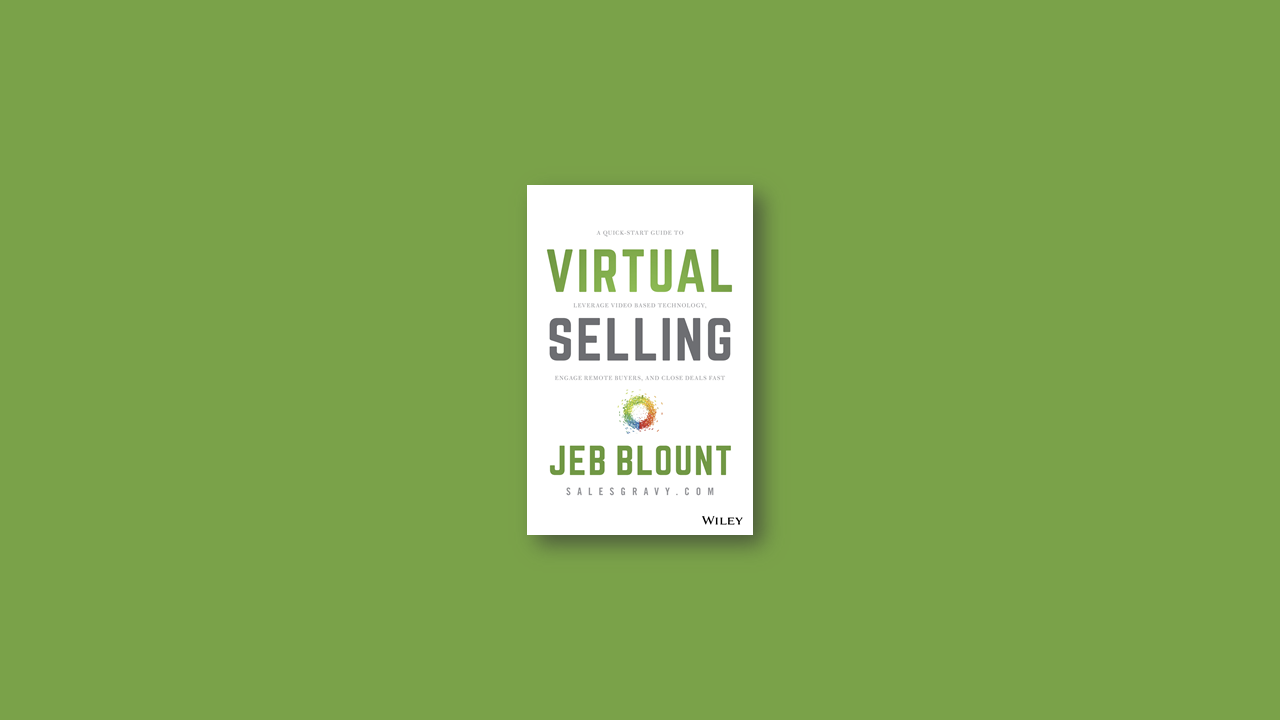Every salesperson wants those magic words to roll off their tongue like sugar and grab the attention of the person they’re talking to. The bad news is there are no magic words. The good news is a proven four-step framework allows you to craft a messaging framework that compels the people to engage. Here are four steps:
- Hook
- Relate
- Bridge
- Call to action (CTA)
Video Messaging Step #1 Hook
The hook is for grabbing your stakeholder’s attention and keeping them on the edge of the seat. In our crazy-busy world where everyone’s in a constant state of stress and information overload, hooking someone is a challenge. And you only have a few seconds to do it well.
The good news however is it’s super easy to hook someone. The key is to say the most beautiful word to their ears: their names. But the catch is many people will begin playing your video before they turn on the audio. So, it’s important to hook them with what they see and what you say.
An easy way to do this is to hold up a whiteboard or some device with their names on it. The way they see that the video is personalized to them even if they don’t hear you speaking will immediately grab their attention. After that, just smile, wave and say: “Hi, I’m ….”
Video Messaging Step #2 Relate
Your generic pitch is not personal. It’s noise and adds no value to your prospect. Your generic pitch translates to something like “I would love to waste another one hour of your life talking about me.” People are not going to engage with you for a kitchen-sink features dump or to learn more about your company being number on here and there.
So do not pitch. Instead relate. The entire point of your video meeting is to establish a powerful and personalized connection. To do so, you need to step into your prospect’s shoes and see the world the way they see it. You might say:
“Hi I’m…. Thank you for watching this short message I made just for you. I can’t even imagine how challenging it must be in your situation with so many maintenance projects on your plate.”
Video Messaging Step #3 Bridge
The bridge connects the dots between their problems and their dreams. A bridge is where you can help them make their lives better. A basic and important truth is that prospects engage you for their reasons, not yours. So you must articulate your value in a way that sounds most appealing to their interests. You might say:
“Hi I’m… Thank you for watching this ….projects on your plate.
It’s got to be incredibly frustrating. This is exactly why we should talk. I help multi-location property managers like you with a tool that eliminates the need to waste time chasing down engineers and contractors for updates.”
Video Messaging Step #4 Call to Action (CTA)
At the end of your meeting, you need a call to action. Otherwise, what’s the point? You might ask them to call you, respond to your email, request another appointment or sign up for a webinar. Whatever you do, be sure your CTA is clear and confident. Say it verbally. If it makes sense, make it visual as well. Hold up a graphic with your ask or use a caption overlay. A best practice is to say their name again as you say goodbye.
“HI I’m…. contractors for update.
How about we get together on Thursday for a short call so I can learn a little more about your situation to see if this will be fit? I have 2:00 open, or you can click on my calendar link right below this video and pick a time that works best for you.
Thank you for watching my video (say their name). I can’t wait to meet you again (smile and wave goodbye).”
Liked what you read? You might also enjoy a full summary of Virtual Selling (by Jeb Bount) here. If you want to support Jeb, please purchase the copy here.

